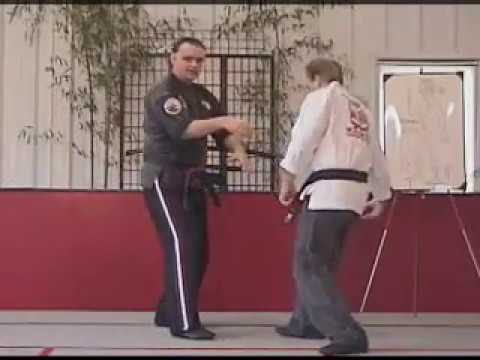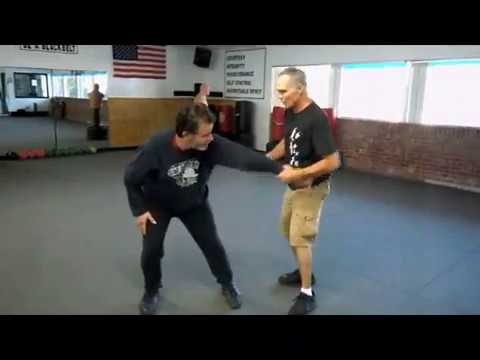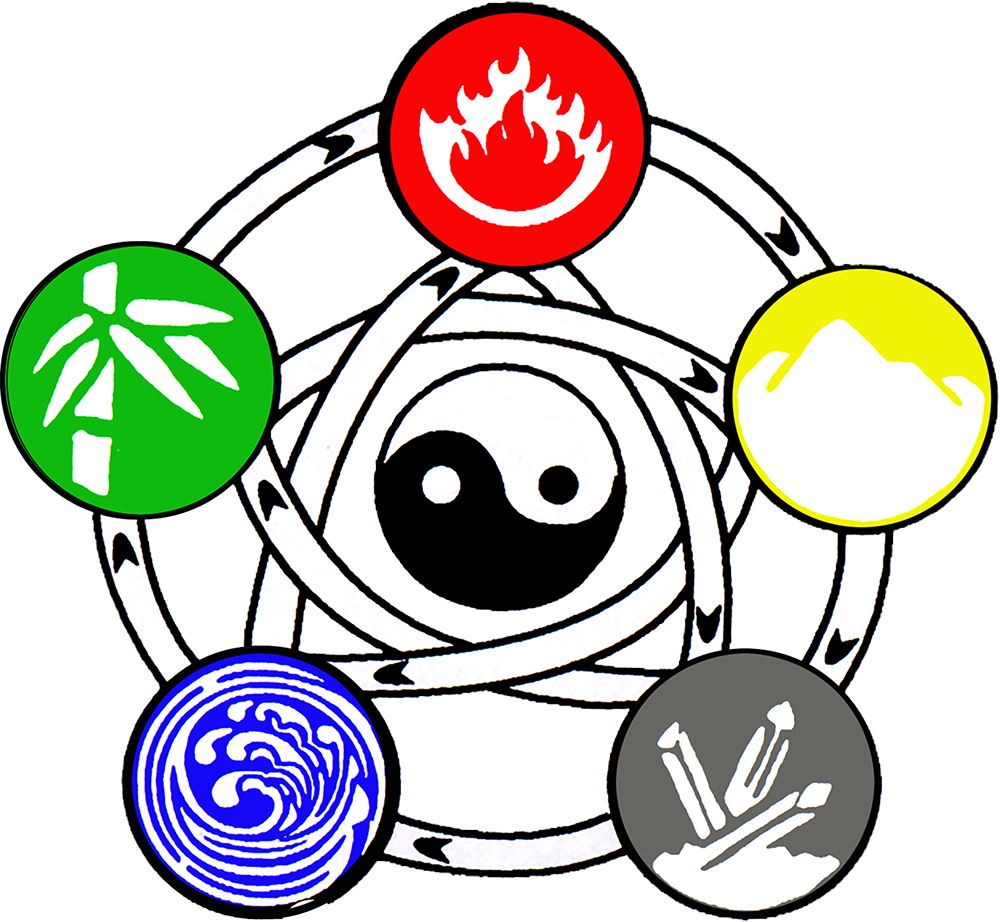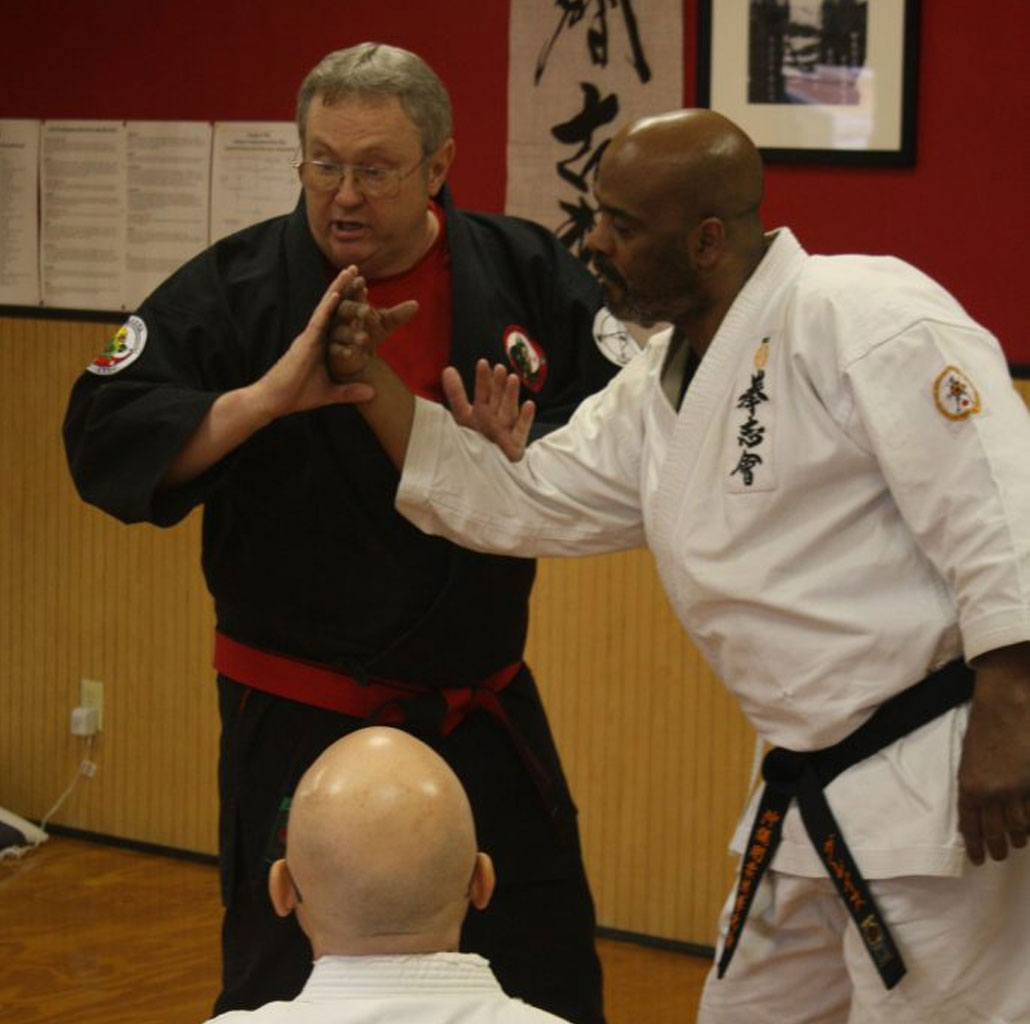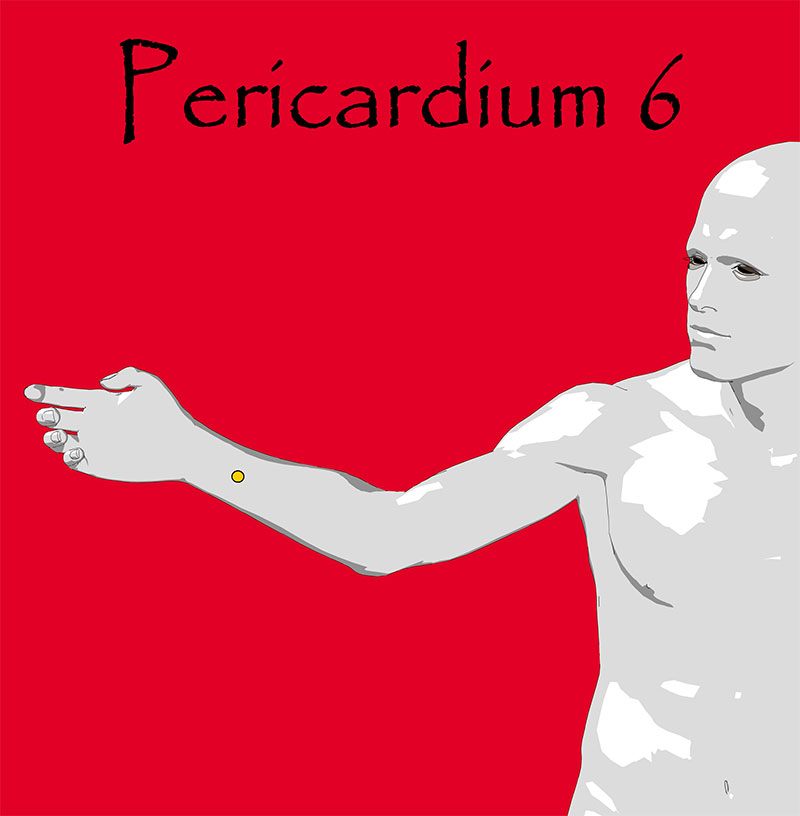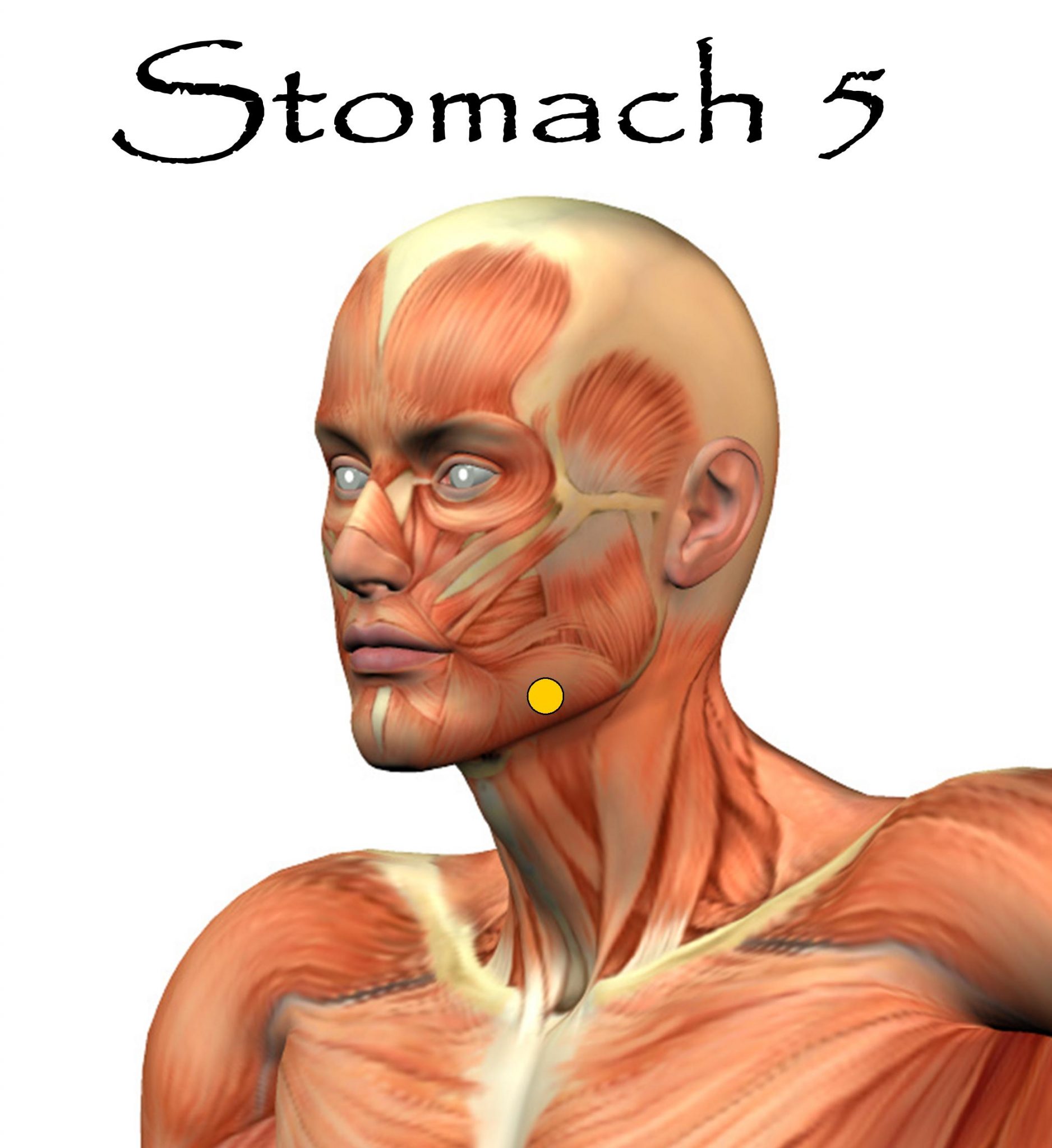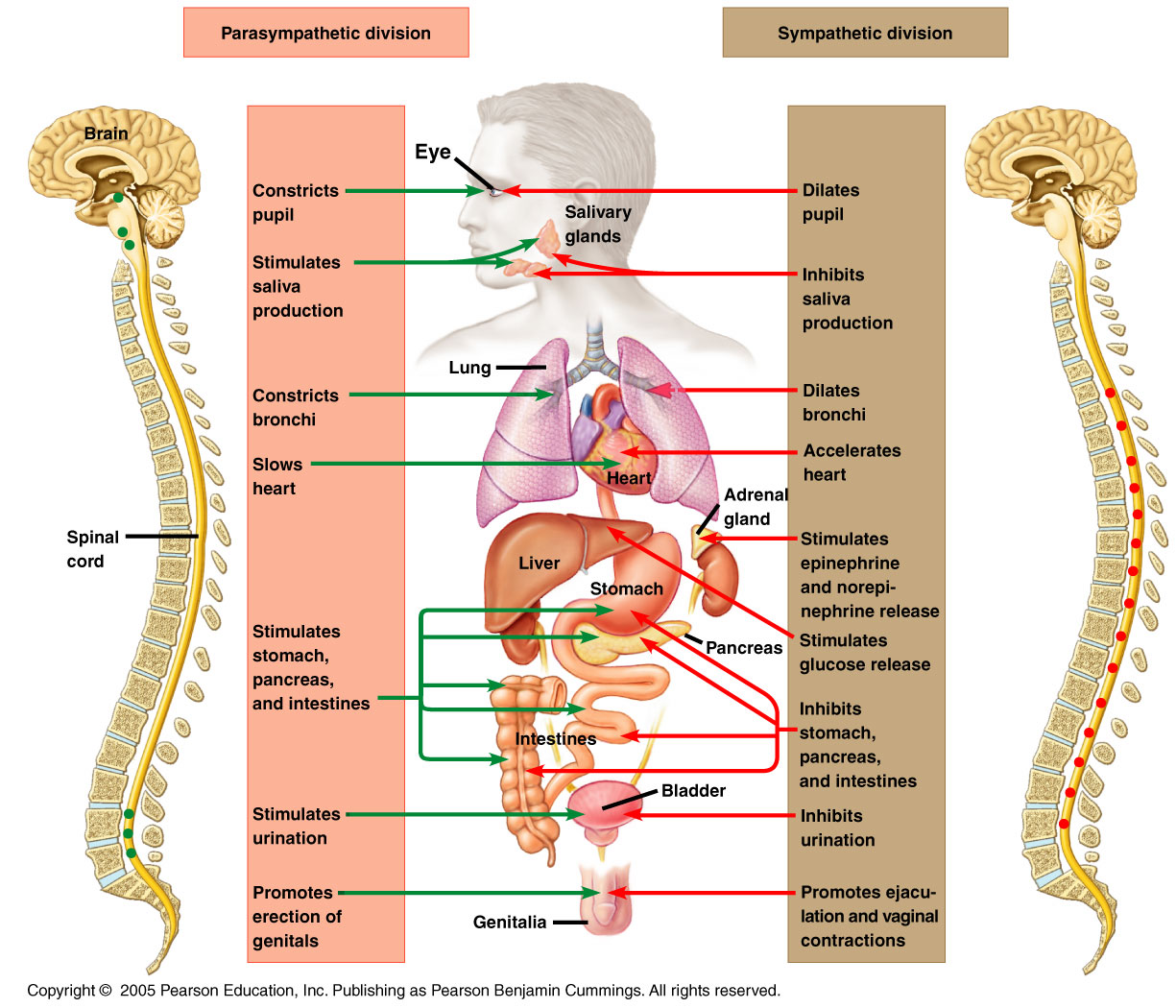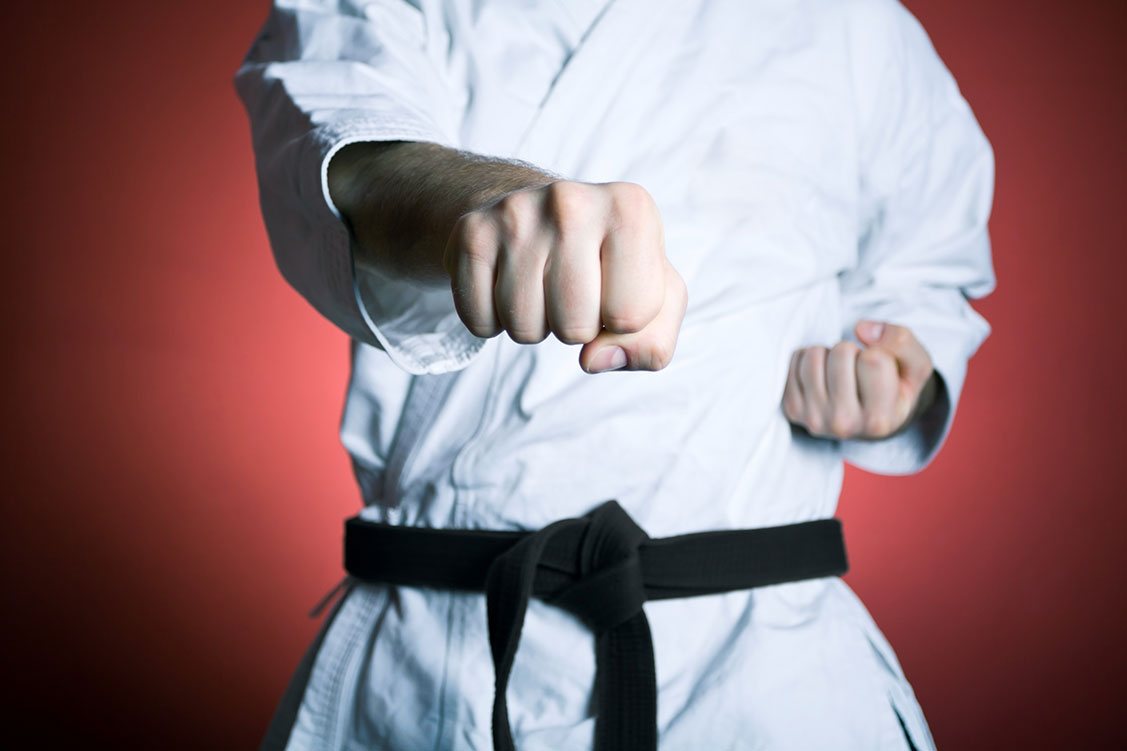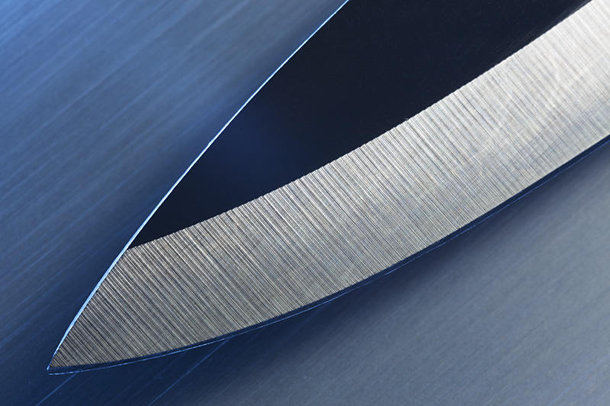In the world of traditional martial arts the word dim-mak is bounced around freely as an enigmatic and dark technique that has the magical ability to be lethal days after subtly administering it. Various points on the body are discussed as death points, touched or lightly struck, causing devastating and protracted effects.
Much of what is called dim-mak is actually kyusho jitsu, the art and science of attacking vital points on the human body. Dim-mak (dian xue in Mandarin) incorporates this but goes much beyond utilizing all of the concepts of the Chinese experience, like Traditional Chinese Medicine (TCM), yin-yang, Five Elements/Phases and qigong. Dim-mak has a premeditated intent to seriously destroy a person’s life or quality of life. It is almost an evil intent for the practitioner systematically, with knowledge of the outcome, uses attack methods in sequence to affect a systemic, often slow shutdown of part or all of the opponent’s being, including their spirit and zest for life.
Understanding human anatomy and physiology gives us insights into what exactly can cause a delayed, serious effect. This is especially true by knowledge of the nervous system and the heart and circulatory system. The body is a complex and beautifully sophisticated entity with all aspects of it having multiple functions. All parts and systems of the body are intimately integrated into a whole. For the body to function as an integrated whole there must be organization and this necessitates communication. There are two communication devices, nerve impulses and chemicals. Chemicals, hormones, from the endocrine system travel through the blood and electrical nerve impulses travel by means of the nervous system.
In addition to hormones the blood carries nutrient enriched blood to all organs and parts of the body, and the circulatory system carries the waste products away. Disrupting this flow has dire consequences on the organs of the body. A decrease of blood flow to any organ can lead to damage to the organ or total organ failure. A traumatic hit directly over an organ can cause this easily. Also, stimulating certain nerves connected to an organ by convergence in a sympathetic nervous system attack can cause a somatovisceral reflex response, which results in a decrease in blood flow to the organ.
In the video and book on Parasympathetic Attacks to the Heart offered by the Dragon Society International there is discussion on the how to attack the nervous system for a sympathetic response and various ways to negatively affect the heart and circulatory system. This information relates to the Chinese concept of “Dim Hsueh”, attacking the blood gates. Also, in the video is a demonstration of a true dim-mak attack to the lymphatic system as a sample of what dim-mak actually means.
